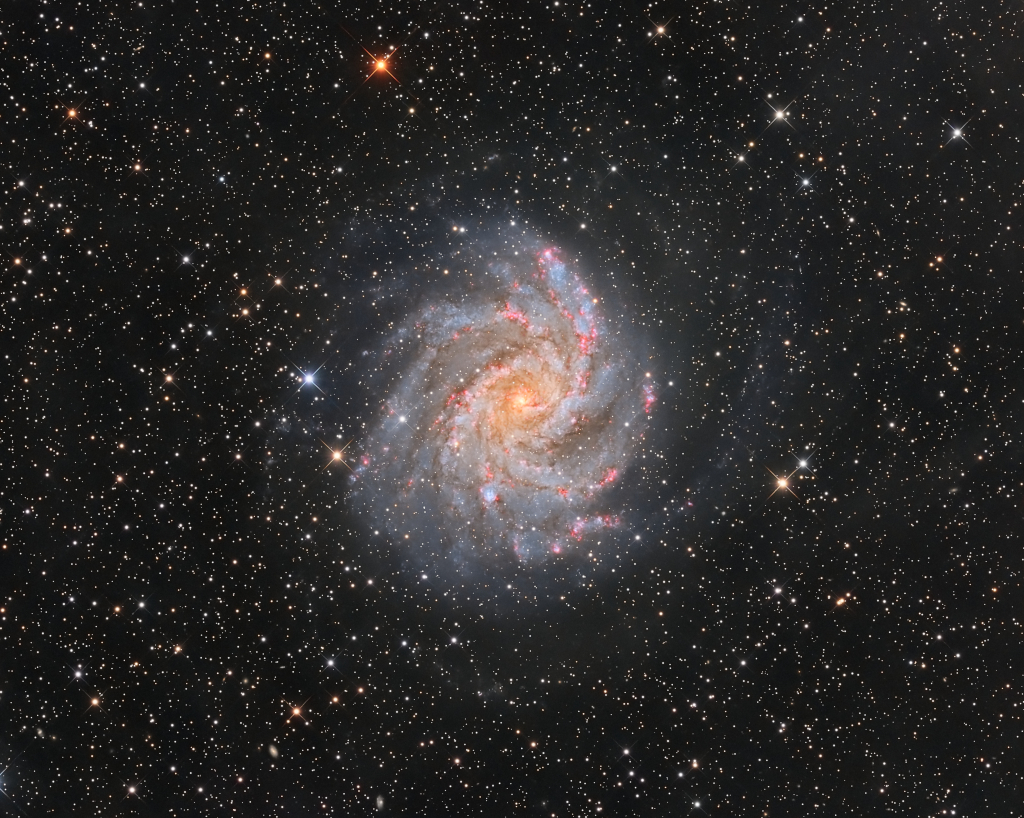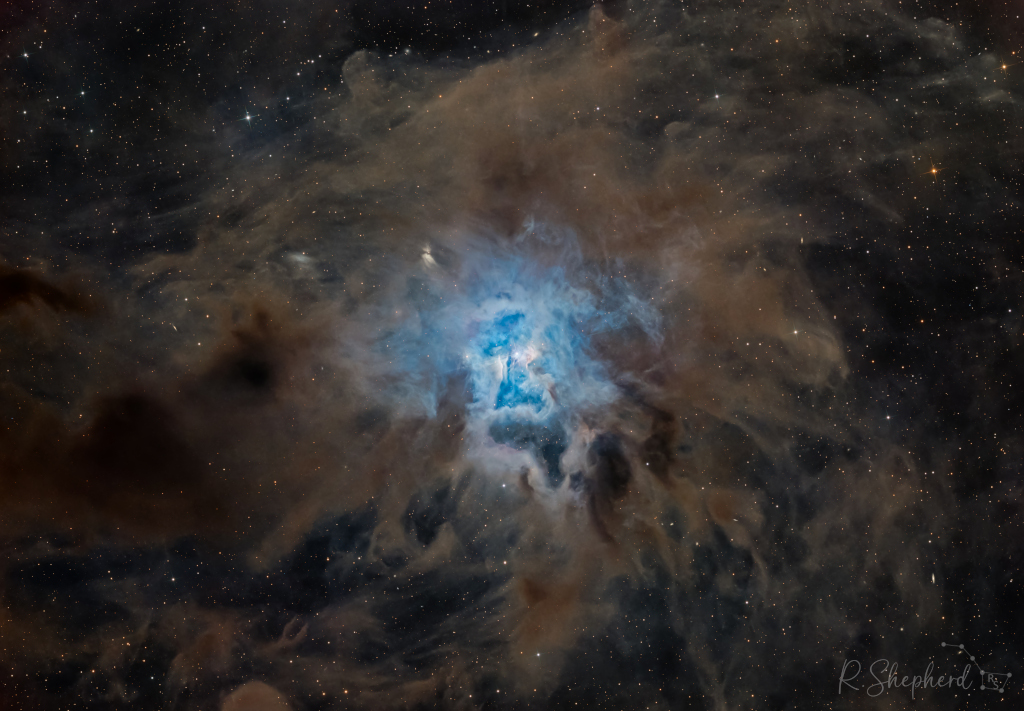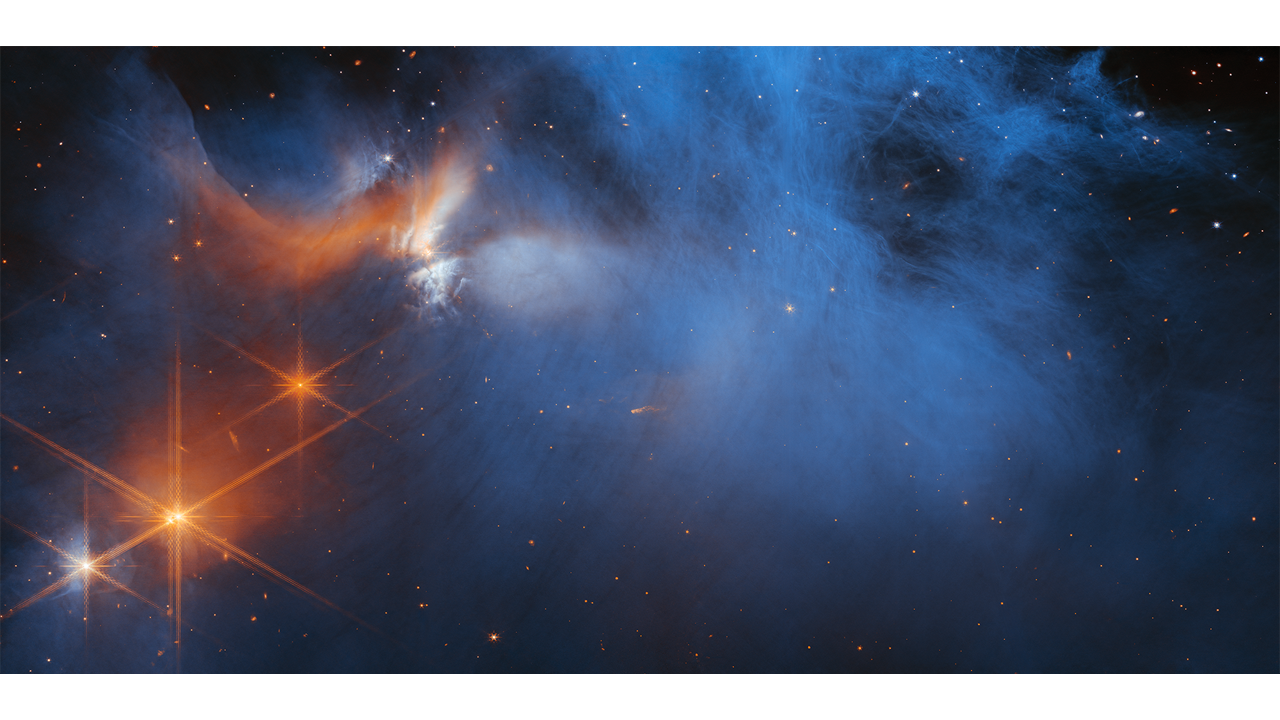Blog
Moses Rascoe (27 July 1917 – 6 March 1994) was an American blues singer and guitarist.Moses Lee Rascoe was born in Windsor, North Carolina. His father played harmonica and his mother piano. He got his first guitar 13 first playing the streets and then juke joints. He hoboed around the South and moved to York, Pennsylvania in 1940.
Incredibly it wasn’t until some 50-odd years later that he turned professional. In between, he traveled the roads as a day labourer and truck driver, playing guitar only for “a dollar or a drink,” as he told Jack Roberts in Living Blues.
For most of his life making a living at music was the furthest from his mind. “I heard tell of so many people that had got beat out of their money” Roscoe explained, “that I said forget it. They were’nt going to beat me out of anything”.
But he’d picked up plenty of songs over the years, from old Brownie McGhee Piedmont blues to Jimmy Reed’s ’50s jukebox hits, and when he retired from trucking for the Allied Van Lines at the age of 65, he gave his music a shot. With a mellow baritone voice and finger picking his 6- and 12-string guitars, Rascoe told simple stories in the blues and gospel tradition.
The local folk-music community took notice, as did blues and folk festivals from Chicago to Europe. Rascoe recorded his only album live at Godfrey Daniels, a Pennsylvania coffeehouse, in 1987 which was produced by Radio DJ Gene Shay for Flying Fish records. After which he was in demand, appearing at the Newport Folk Festival and the Chicago Blues Festival.
He continued performing up until he died at the Vetrans Administration Medical Cenrer, Lebanon, Pennsylvania on 6 March 1994. He was buried at Indiantown Gap National Cemetery, Annville.
more...Jean Toussaint (born July 27, 1960) is an American jazz tenor and soprano saxophonist.
Toussaint was born in Aruba, Dutch Antilles, and was raised in Saint Thomas and New York City. He learned to play calypso as a child and attended Berklee College of Music in the late 1970s, studying under Bill Pierce (saxophonist). In 1979 he formed a group with Wallace Roney and from 1982 to 1986 was a member of Art Blakey and the Jazz Messengers alongside Terence Blanchard, Donald Harrison, Mulgrew Miller and Lonnie Plaxico. With Blakey he recorded three studio albums, including New York Scene, which won a Grammy for Best Jazz Instrumental Performance.
more...From our vantage point in the Milky Way Galaxy, we see NGC 6946 face-on. The big, beautiful spiral galaxy is located just 20 million light-years away, behind a veil of foreground dust and stars in the high and far-off constellation Cepheus. In this sharp telescopic portrait, from the core outward the galaxy’s colors change from the yellowish light of old stars in the center to young blue star clusters and reddish star forming regions along the loose, fragmented spiral arms. NGC 6946 is also bright in infrared light and rich in gas and dust, exhibiting a high star birth and death rate. In fact, since the early 20th century ten confirmed supernovae, the death explosions of massive stars, were discovered in NGC 6946. Nearly 40,000 light-years across, NGC 6946 is also known as the Fireworks Galaxy.

Sir Michael Philip Jagger (born 26 July 1943) is an English singer. He is the front manand one of the founder members of the rock band the Rolling Stones. Jagger has written most of the band’s songs alongside lead guitarist Keith Richards; their songwriting partnership is one of the most successful in history, and they continue to collaborate musically. His career has spanned over six decades, and he has been widely described as one of the most popular and influential front men in the history of rock music. His distinctive voice and energetic live performances, along with Richards’ guitar style, have been the Rolling Stones’ trademark throughout the band’s career. Jagger gained notoriety for his romantic involvements and illicit drug use, and has often been portrayed as a countercultural figure.
Jagger was born and grew up in Dartford. He studied at the London School of Economics before abandoning his studies to focus on his career with the Rolling Stones. In the late 1960s, Jagger starred in the films Performance (1970) and Ned Kelly(1970), to mixed receptions. Beginning in the 1980s, he released a number of solo works, including four albums and the single “Dancing in the Street“, a 1985 duet with David Bowie that reached No. 1 in the UK and Australia and was a top-ten hit in other countries.
In the 2000s, Jagger co-founded a film production company, Jagged Films, and produced feature films through the company beginning with the 2001 historical drama Enigma. He was also a member of the supergroup SuperHeavy from 2009 to 2011. Although relationships with his bandmates, particularly Richards, deteriorated during the 1980s, Jagger has always found more success with the Rolling Stones than with his solo and side projects. He was married to Bianca Pérez-Mora Macias from 1971 to 1978, and has had several other relationships; he has eight children with five women.
In 1989, Jagger was inducted into the Rock and Roll Hall of Fame and, in 2004, into the UK Music Hall of Fame with the Rolling Stones. As a member of the Rolling Stones and as a solo artist, he reached No. 1 on the UK and US singles charts with 13 singles, the top 10 with 32 singles and the top 40 with 70 singles. In 2003, he was knighted for his services to popular music. Jagger is credited with being a trailblazer in pop music and with bringing a style and sex appeal to rock and roll that have been imitated and proven influential with subsequent generations of musicians.
more...Patti Bown (July 26, 1931, Seattle, Washington – March 21, 2008, Media, Pennsylvania) was an American jazz pianist, composer, and singer.
Bown was born in Seattle, the daughter of Augustus Bown and Edith Ruth Cahill Brown. She began playing piano at age two. Her sister Edith Bown Valentine was a classical pianist; another sister, Millie Bown Russell, became known for her work on diversity in STEM education.
Bown studied piano while attending the University in Seattle on a music scholarship. She played in local orchestras toward the end of the 1940s. From 1956, she worked as a soloist in New York City, playing early on in sessions with Billy Eckstine and Jimmy Rushing. She released an album under her own name, Patti Bown Plays Big Piano, in 1958 for the Columbia label. The next year she was invited by Quincy Jones to join an orchestra for the European tour of the musical Free and Easy. While there she also played with Bill Coleman in Paris. In the 1960s, she recorded with Gene Ammons, Oliver Nelson, Cal Massey, Duke Ellington, Roland Kirk, George Russell, and Harry Sweets Edison. Her musical compositions were recorded by Sarah Vaughan, Benny Golson, and Duke Ellington. She also recorded with soul musicians such as Aretha Franklin and James Brown. Between 1962 and 1964, she served as the musical director for the bands accompanying Dinah Washington and Sarah Vaughan.
In the 1970s, Bown worked as a pianist in orchestras on Broadway and composed for film and television. She played regularly at the Village Gate nightclub for many years and lived in Greenwich Village for the last 37 years of her life.
more...Charles Lawrence Persip (July 26, 1929 – August 23, 2020), known as Charli Persip and formerly as Charlie Persip (he changed the spelling of his name to Charli in the late 1960s), was an American jazz drummer.
Born in Morristown, New Jersey, United States, and raised in Newark, New Jersey, Persip attended West Side High School, preferring it over Newark Arts High Schoolbecause he wanted to join the former’s football team. He later studied drums with Al Germansky in Newark. After playing with Tadd Dameron in 1953, he gained recognition as a jazz drummer as he toured and recorded with Dizzy Gillespie’s big and small bands between 1953 and 1958. He then joined Harry “Sweets” Edison’s quintet and later the Harry James Orchestra before forming his own group, the Jazz Statesmen, with Roland Alexander, Freddie Hubbard, and Ron Carter in 1960. Around this time, Persip also recorded with other jazz musicians, including Lee Morgan, Melba Liston, Kenny Dorham, Zoot Sims, Red Garland, Gil Evans, Don Ellis, Eric Dolphy, Rahsaan Roland Kirk, Gene Ammons and the singer Dinah Washington. Persip was also the drummer on the “Eternal Triangle” recording, Sonny Side Up (Verve, 1957), featuring Sonny Rollins and Sonny Stitt. From 1960 to 1973 he toured as a drummer and conductor with Billy Eckstine.
more...“Rondeña” belong to Malaga’s singing group. “Rondeña” existed before flamenco, joining it in the 19th century. Its origin is in “fandango” from Malaga, more specifically in ” bandolás”. Some authors suggest that this name comes from the nightly rounds. Other authors believe that it comes from the city of Ronda, as “rodeña” was originated in the homonymous mountains.
“Rondeña” has greatly extended through Andalusia during the 19th century. “Rondeña” singing has evolved in recent times with with a decrease in melismatic ornamentation. Its composition ad libitum (without “compas”). Lyrics are related to countryside life. Its structure is a couplet of four eight-syllable verses, usually consonant rhyme. They normally turn into five by repetition of the second one, but also without repetition. Dance displays a rhythm of wild abandon. Others have used the rhythm of the “taranto“, which has many similarities but, being rondeña, more open and evocative.
Among its higher representers we can find: Miguel Borrul senior and Ramón Montoya, the first one to ennoble the genre. In the 20th century, we can highlight singers as “Fosforito”, Antonio de Canillas, Alfredo Arrevola, Juan de la Loma, Jacinto Almaden “EL Gallina”, Antonio Ranchal, Enrique Orozco, Candido de Malaga and Jose Menese. At the guitar, Manolo Sanlúcar.
more...These cosmic clouds have blossomed 1,300 light-years away in the fertile starfields of the constellation Cepheus. Called the Iris Nebula, NGC 7023 is not the only nebula to evoke the imagery of flowers. Still, this deep telescopic image shows off the Iris Nebula’s range of colors and symmetries embedded in surrounding fields of interstellar dust. Within the Iris itself, dusty nebular material surrounds a hot, young star. The dominant color of the brighter reflection nebula is blue, characteristic of dust grains reflecting starlight. Central filaments of the reflection nebula glow with a faint reddish photoluminescence as some dust grains effectively convert the star’s invisible ultraviolet radiation to visible red light. Infrared observations indicate that this nebula contains complex carbon molecules known as PAHs. The dusty blue petals of the Iris Nebula span about six light-years.

more...
Steven Benjamin Goodman (July 25, 1948 – September 20, 1984) was an American folk and country singer-songwriter from Chicago. He wrote the song “City of New Orleans“, which was recorded by Arlo Guthrie and many others including John Denver, The Highwaymen, and Judy Collins; in 1985, it afforded Goodman the Grammy songwriter award for best country song, as performed by Willie Nelson. Goodman co-wrote “You Never Even Called Me by My Name“, which became the best-selling song of country musician David Allen Coe. Goodman had a small but dedicated group of fans for his albums and concerts during his lifetime. His most frequently sung song, “Go Cubs Go“, is about the Chicago Cubs. Goodman died of leukemia in September 1984.
more...Alfarita Constantia “Rita” Marley OJ OD (née Anderson; born 25 July 1946) is a Cuban-born Jamaican singer-songwriter and entrepreneur. She is the widow of reggaelegend Bob Marley. Along with Marcia Griffiths and Judy Mowatt, Rita was a member of the reggae vocal group the I Threes, the backing vocalists for Bob Marley and the Wailers.
Rita Marley was born in Santiago de Cuba, to Leroy Anderson and Cynthia “Beda” Jarrett. Her parents moved to Kingston, Jamaica, when she was three months old. In her memoir, No Woman No Cry: My Life with Bob Marley, Rita describes how she was raised by her Aunt Viola after her parents separated. She was raised in Trenchtown in Kingston, Jamaica.
more...Semmangudi Radhakrishna Srinivasa Iyer (25 July 1908 – 31 October 2003) was an Indian Carnatic vocalist. He was the youngest recipient of the Sangeetha Kalanidhiawarded by the Music Academy in 1947, a distinction he holds to this day as of 2023, probably the only musician to receive that honour before reaching 40. He had received many other awards as well, including Padma Bhushan and Padma Vibhushan from the Government of India, Rajyasevanirata title from Travancore’s erstwhile ruling family,Sangeet Natak Academy award (1953), Isai Perarignar from Government of Tamil Naduand Kalidas Samman from Government of Madhya Pradesh. He was affectionately addressed as “Semmangudi Maama” (Semmangudi Uncle) by his disciples. He was also considered the “Pitamaha” or the grand sire of modern Carnatic Music. He was conferred with an honorary doctorate by University of Kerala in 1979.
more...Donald Johnson Ellis (July 25, 1934 – December 17, 1978) was an American jazz trumpeter, drummer, composer, and bandleader. He is best known for his extensive musical experimentation, particularly in the area of time signatures. Later in his life he worked as a film composer, contributing a score to 1971’s The French Connection and 1973’s The Seven-Ups.
Ellis was born in Los Angeles, California, on July 25, 1934. His father was a Methodist minister and his mother a church organist. He attended West High School in Minneapolis, MN. After attending a Tommy Dorsey Big Band concert, he first became interested in jazz. Other early inspirations were Louis Armstrong and Dizzy Gillespie. He graduated from Boston University in 1956 with a music composition degree.
more...Cornelius “Johnny” Hodges (July 25, 1907 – May 11, 1970 Cambridge, MA) was an American alto saxophonist, best known for solo work with Duke Ellington‘s big band. He played lead alto in the saxophone section for many years. Hodges was also featured on soprano saxophone, but refused to play soprano after 1946. Along with Benny Carter, Hodges is considered to be one of the definitive alto saxophone players of the big band era.
After beginning his career as a teenager in Boston, Hodges began to travel to New York and played with Lloyd Scott, Sidney Bechet, Luckey Roberts and Chick Webb. When Ellington wanted to expand his band in 1928, Ellington’s clarinet player Barney Bigardrecommended Hodges. His playing became one of the identifying voices of the Ellington orchestra. From 1951 to 1955, Hodges left the Duke to lead his own band, but returned shortly before Ellington’s triumphant return to prominence – the orchestra’s performance at the 1956 Newport Jazz Festival.
more...The Olympics are a phenomenal role model for our tumultuously troubled world. With all of the wars, gun violence, racism, white supremacy, drug overdoses, suicides, sexism, political deception and overall disrespect. The Olympics give us an opportunity to put all cultures on a level playing field striving for equality, dignity and a love of humanity. Let this years celebrations propel us to a peaceful and caring World of Freedom and Opportunity!

This image by NASA’s James Webb Space Telescope’s Near-Infrared Camera (NIRCam) features the central region of the Chamaeleon I dark molecular cloud, which resides 630 light years away. The cold, wispy cloud material (blue, center) is illuminated in the infrared by the glow of the young, outflowing protostar Ced 110 IRS 4 (orange, upper left). The light from numerous background stars, seen as orange dots behind the cloud, can be used to detect ices in the cloud, which absorb the starlight passing through them.
An international team of astronomers has reported the discovery of diverse ices in the darkest regions of a cold molecular cloud measured to date by studying this region. This result allows astronomers to examine the simple icy molecules that will be incorporated into future exoplanets, while opening a new window on the origin of more complex molecules that are the first step in the creation of the building blocks of life.

More Posts
- Zimbabwean Proverb
- Cosmo NGC 7000
- Hammie Nixon
- Blind Willie Johnson
- Eberhard Weber
- Sam Cooke
- J.J. Johnson
- World Music La Pambelé
- Daily Roots The Aggrovators
- Echos of Freedom by Dr Martin Luther King Jr
- Cosmo NGC 2244
- Richie Havens
- Snooks Eaglin
- Lola Flores
- Juice Wilson
- World Music Refugees for Refugees
- Daily Roots King Tubby
- Echos of Freedom by Nelson Mandela
- MLK Day 2025
- Cosmo 30 Doradus LMC